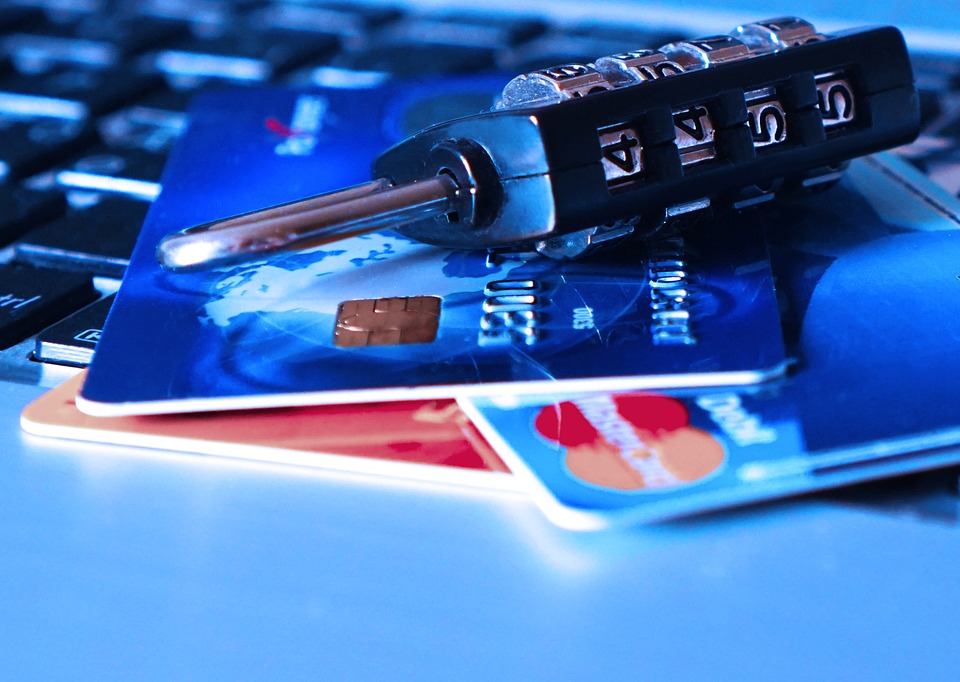Identity fraud in the year 2015 hadn’t changed substantially and the total number of vulnerable victims remained steady at 14.1 million. The total fraud amount dropped slightly to $15 billion. This stability sets a mask on some of the major changes in fraud in America. As EMV becomes more omnipresent, identity theft at physical stores becomes different, driving a movement from phony fraud to new account fraud. The stakes seem to be high for both financial merchants and institutions.

Image via pixabay
Significant trends in 2016 Identity fraud cases
- The number of victims of identity theft was at its second highest level but the total amount stolen was at its lowest point since the last 6 years.
- EMV has driven a new way of identity fraud called the new account fraud. America saw a 115% increase in occurence of new account fraud, which currently accounts for 20% of all losses.
- A study found out that the consumers who don’t trust their financial institutions are setting the stage for more damage once they become victims.
- Identity theft has become a global issue. 18% of the identity fraud using US credit cards was done outside America. International fraud has gained momentum.
Vital essentials you should know on identity theft
Though identity theft is always in the news, yet there are a lot of misconceptions swirling around. Here are some vital things that you need to know about identity theft.
- Thieves don’t require your credit card number to steal information
You should be aware of the fact that identity thieves don’t need your credit card number to steal your identity and misuse it. Thieves are indeed crafty; sometimes all they require is a piece of information about you to get easy access to the rest of the details. An identity protection company always recommends credit card users lock up vital documents at home. Social Security cards, birth certificates, passports should be kept securely in a deposit box or hidden within your home.
The non-fiscal information you give online is often enough for an identity thief
You should be aware of innocent personal information that you share online would be more than enough to steal your identity. Never make the mistake of listing your full birthday on any social networking website like Facebook. Also don’t list your telephone number and home address on any website you leverage for job-searching or business purposes.
- Review and closely analyze your card statements at least once a week
Watch out for charges for less than a dollar or two from unfamiliar companies. Thieves who plan to buy a block of stolen credit card numbers usually check whether or not the accounts have been canceled by sending a small charge, at times only a few pennies. If they see the charge to succeed, they will soon buy stolen data and then make a larger purchase. Hence at least once a week, you should review your credit report so that you get immediately notified about a fraudulent transaction.
- Be sneaky as identity thieves are sneaky too
If you make a wise decision of signing your credit card with a Sharpie so that it can’t be erased and written over, the thief might find it difficult to shop with that card even though he steals it. One more thing you can do is to retain the ‘Please Activate’ sticker on your card so that you fool the thieves into believing that your card has not yet been activated through the number listed with the company. You have to match your smartness with that of the thieves to ensure saving yourself.
So, if you are eager to protect yourself from identity fraud, you should arm yourself with the above-mentioned knowledge and information.

Leave a Reply